An illustrated ode to the ubiquitous ‘brolly’
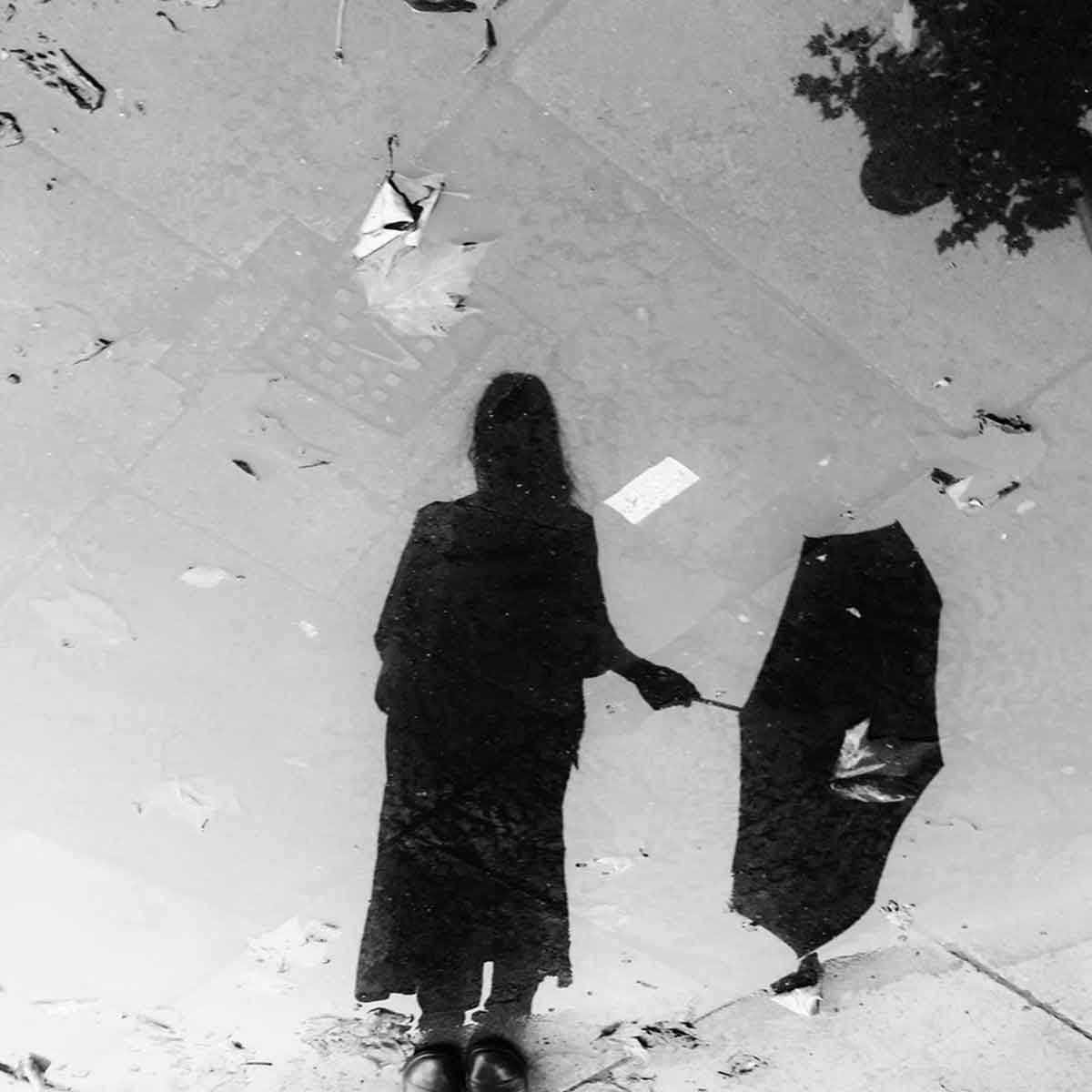
“We moved under the umbrella out of the street light, fumbling for certain footing between the tree roots.
‘Will you hold the umbrella?’
She took the imitation leather with the white stitching in her hands.
‘Kiss me.’ She leaned across the steel between us. ‘Do you think we should?’ I repeated.’
It was the rain, the constant weather of this city, made my love inseparable from the umbrella, a black umbrella, white stitching on the seams of the imitation leather over the handle, the metal point bent where it was caught in Mooney’s grating as we raced for the last bus out of Abbey Street” John McGahern ‘My Love My Umbrella’.
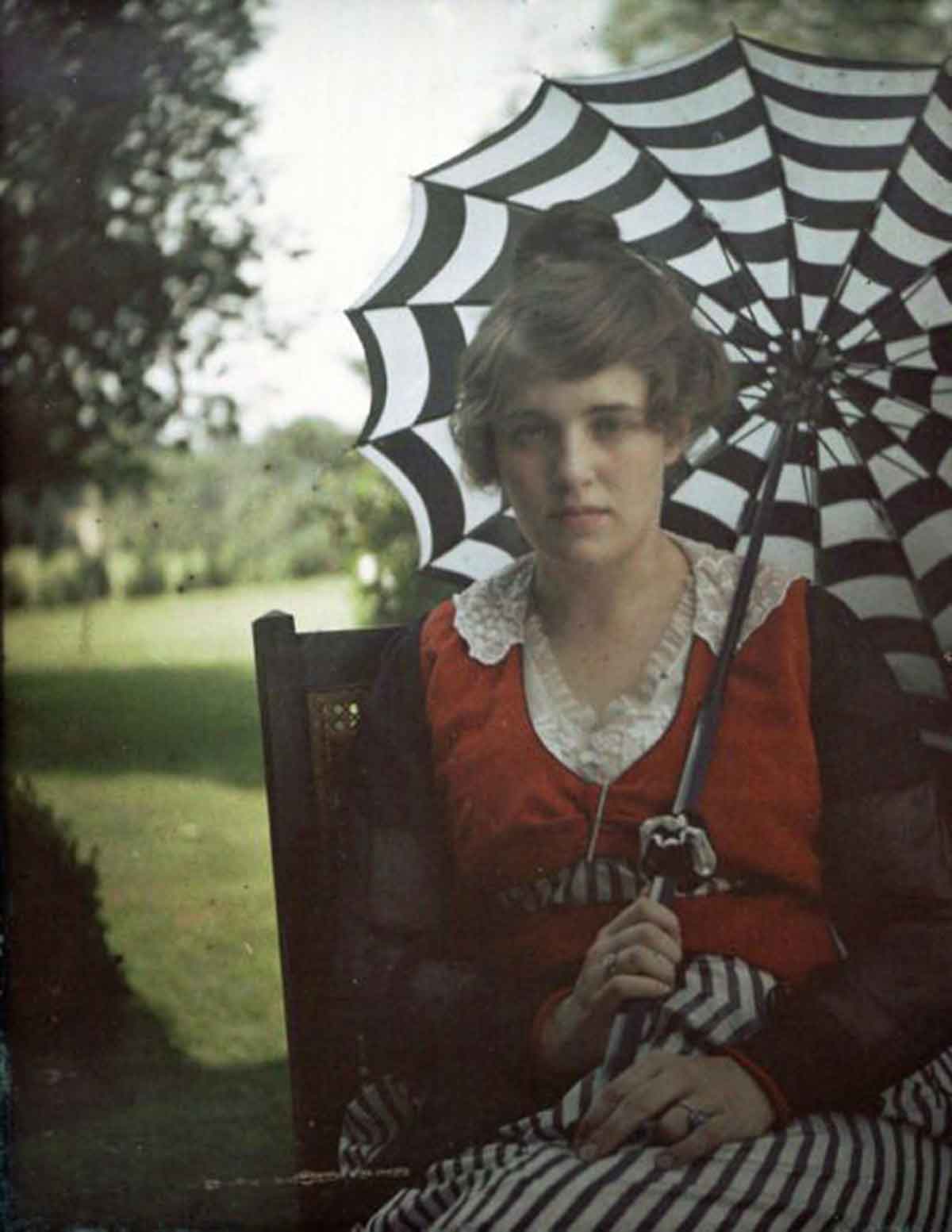
Variously referred to as a “brolly,” or “gamp” the umbrella over the eons has symbolised snobbery, coquetry, death and power. It goes back a very long way too, some 3000 years. The parasol ( for sun shade) reached its peak in popularity by the late 19th and early 20th century, when the notion of tanned skin took over as a beauty ideal. The Umbrella has been used by women to show off their gowns, their swimsuits, their coats – you name it – its particular popularity as a style accessory lying in its ability to add a unique quirkiness to whatever else you may be wearing.
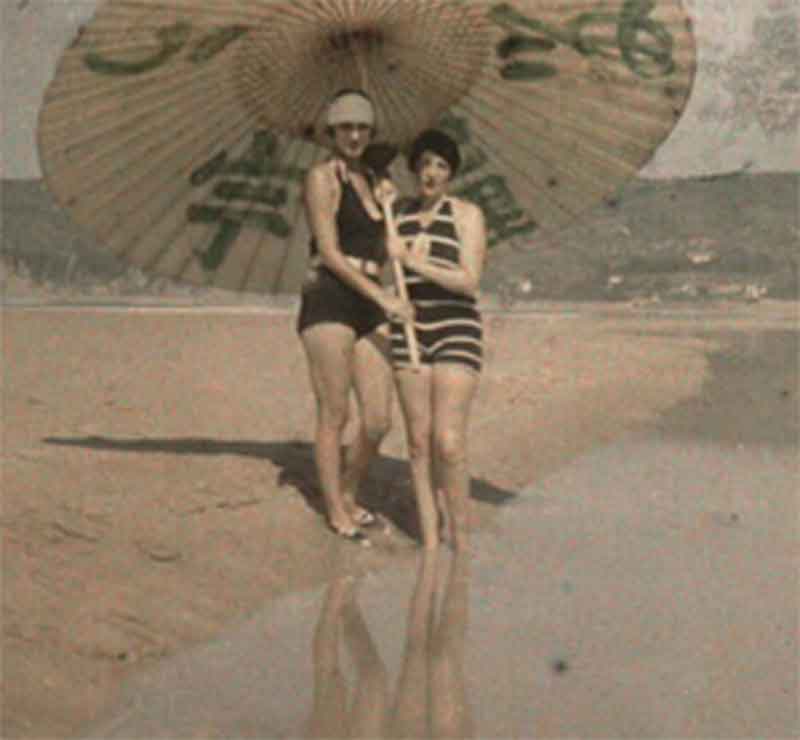
The umbrella or parasol has captured the eye of numerous iconic photographers and has been a favourite accessory in countless fashion shoots over the years. Martin Munkacsi, Louise Dahl , Jacques Henri Lartigue and Henri Cartier Bresson to name just a few.
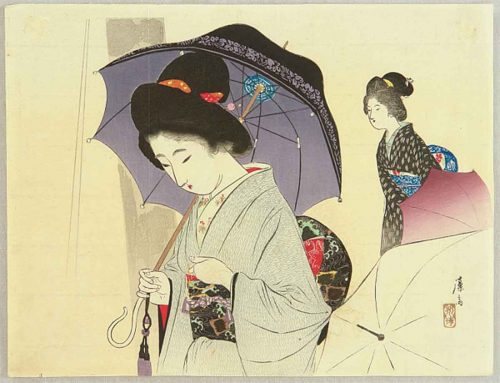
From sheltering Queens and sovereigns in ancient Egypt and Persia, to waterproofed paper umbrellas carried by noble women in 11th century China and Japanese Geishas, this fashion accessory to protect against both sun and rain has been in use for thousands of years.
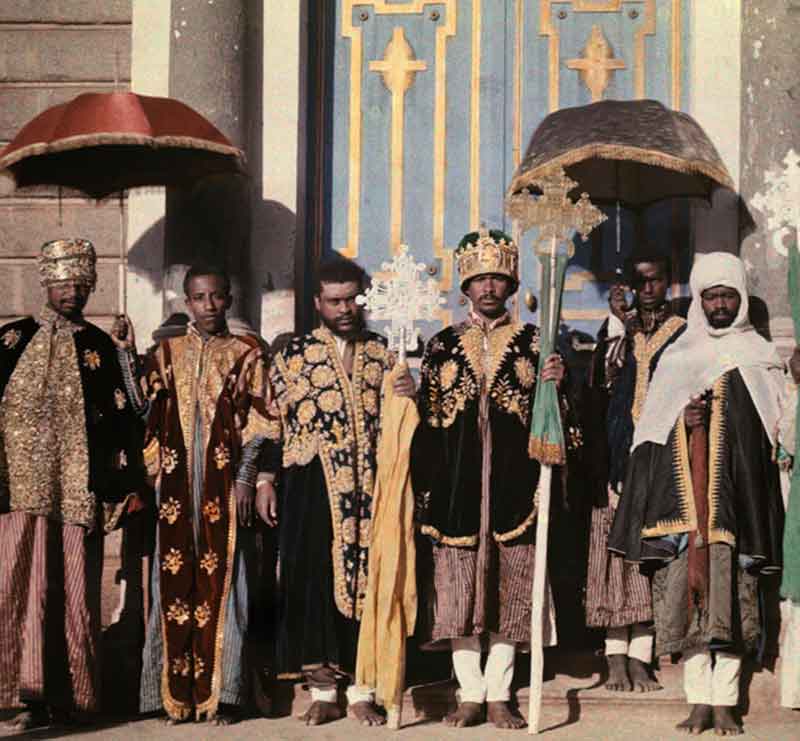
The term Umbrella has a double meaning, derived from the Latin term ‘umbel’, which describes a flat topped rounded flower, and ‘umbra’, which means shade. It is used to shelter its user mainly from the rain. ( as long as its not windy!) .
The Parasol grew in popularity in Europe by the 18th century, the term deriving from two words ‘para’ ( to shade) and ‘sol’ ( the sun). As it’s for sunny weather shade, a parasol is usually a lot more decorative and normally used by women. It is a particularly feminine accessory.
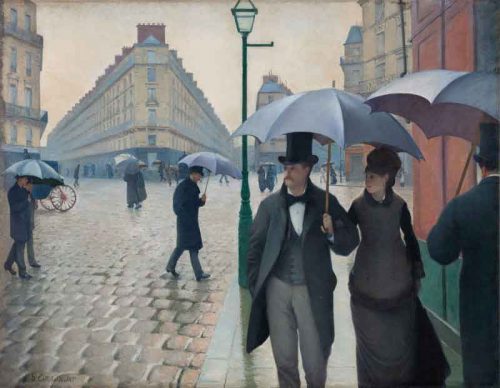
Its first notable mention in European literature is in Daniel Defoe’s Robinson Crusoe, when Crusoe memorably constructs his own umbrella. The name ‘Robinson’ was often used for umbrellas in Britain. By the Victorian era, umbrellas and its summer alternative ‘the parasol’ was no longer a novelty and was widely used across Europe.
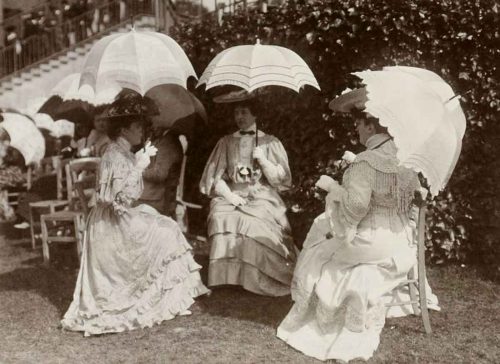

By the turn of the 20th Century, no self respecting Edwardian lady would turn out to a public meeting without a parasol!
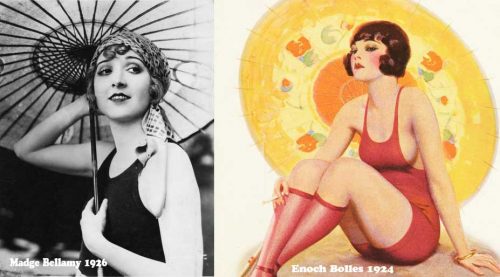
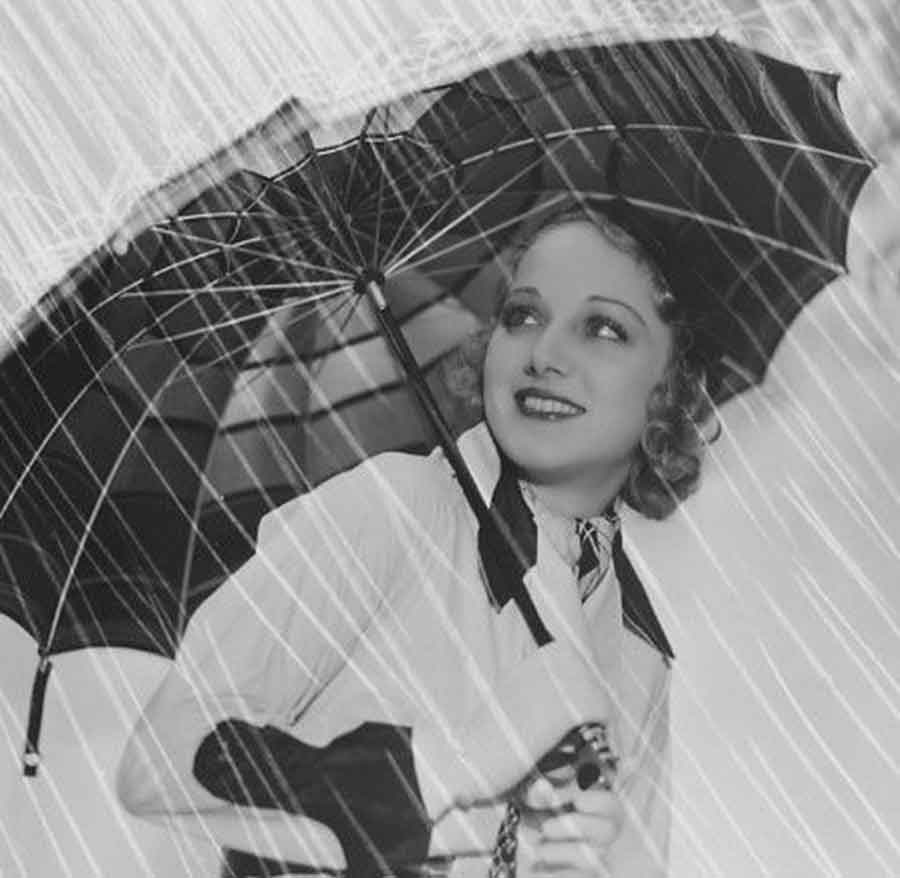
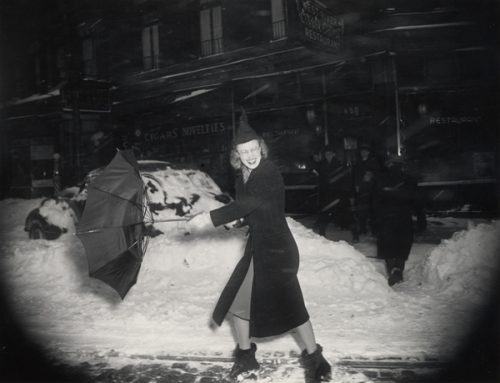
Since the advent of photography and modern print illustrations, parasols and umbrellas have inspired photographers to capture images of this ubiquitous but quirky accessory and usually of women; Japanese geisha’s, Edwardian ladies, and swimwear illustrations of the 1920s and 1930s in particular. The use of parasols fell out of favour by the 1940s, as a more casual attitude to the dangers of the sun and a 20th century obsession with sun tanning too hold.
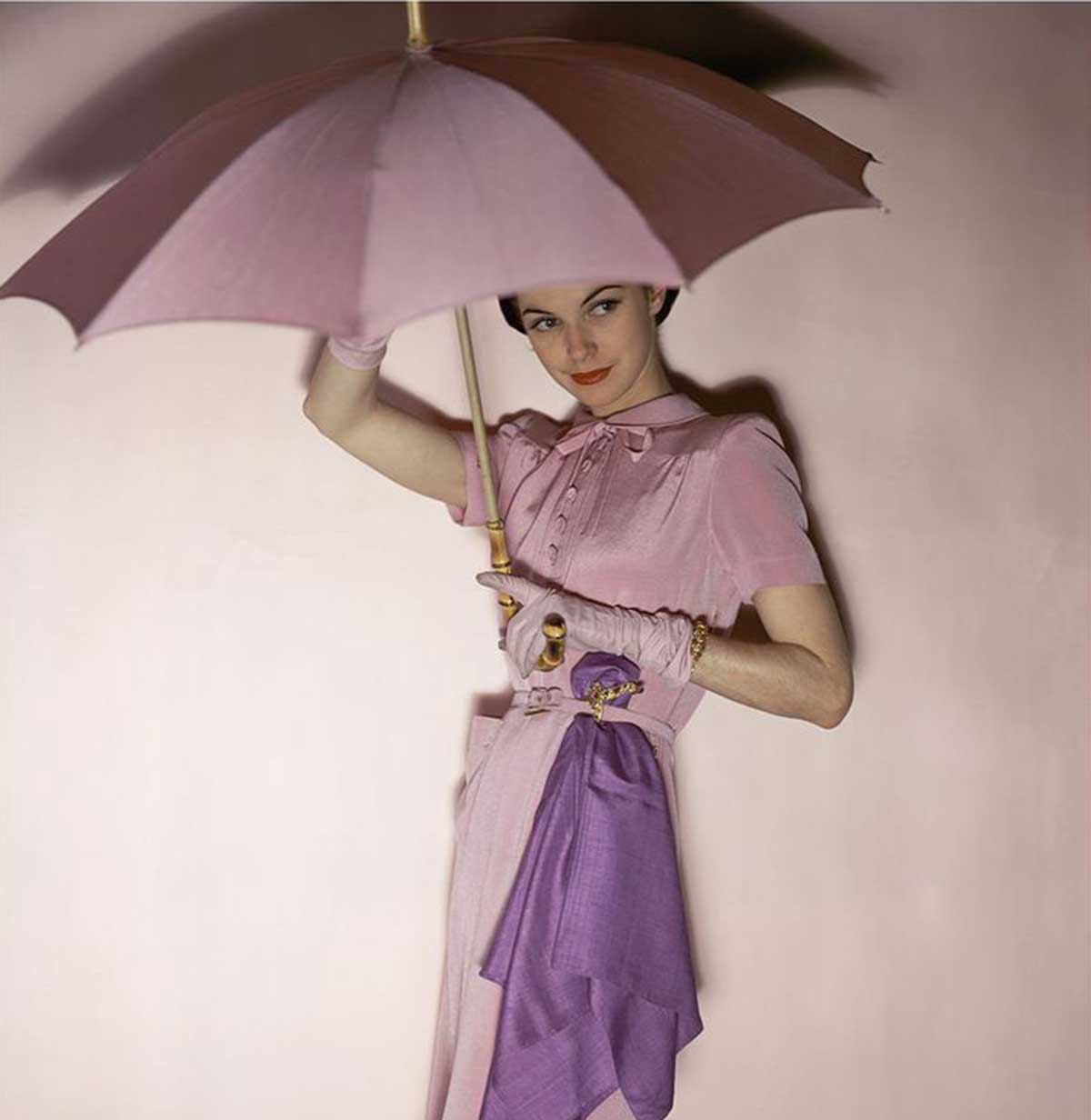
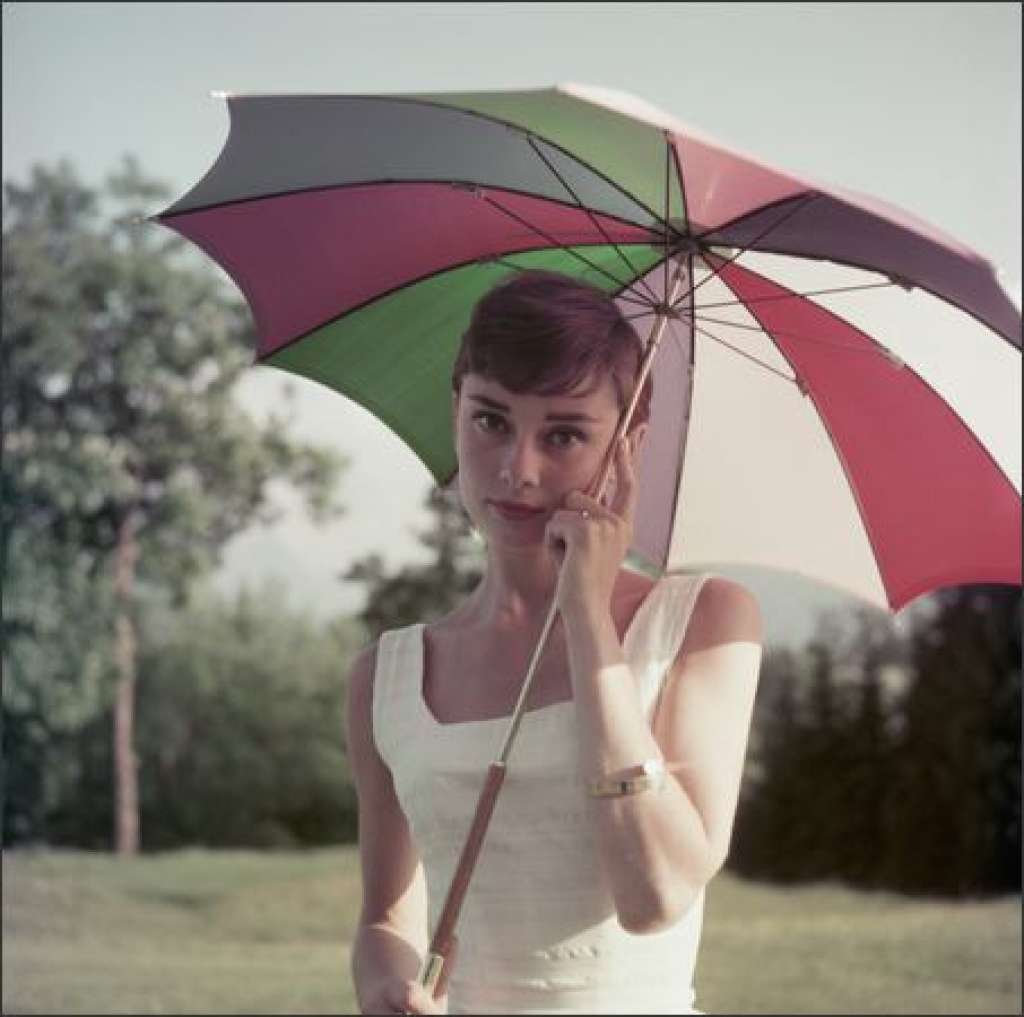
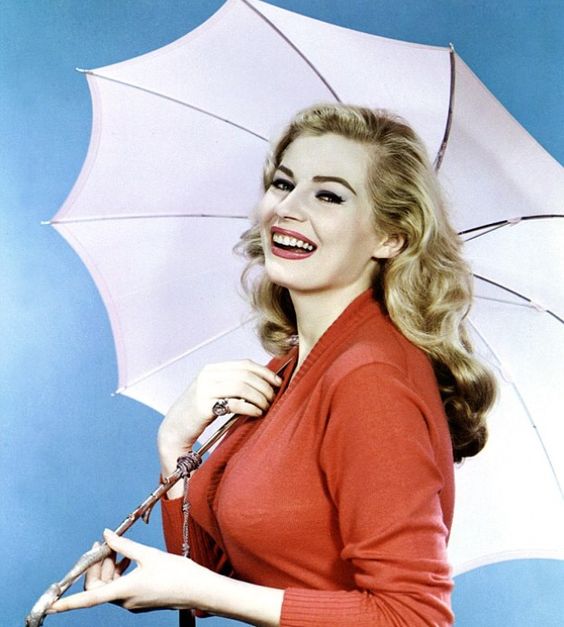
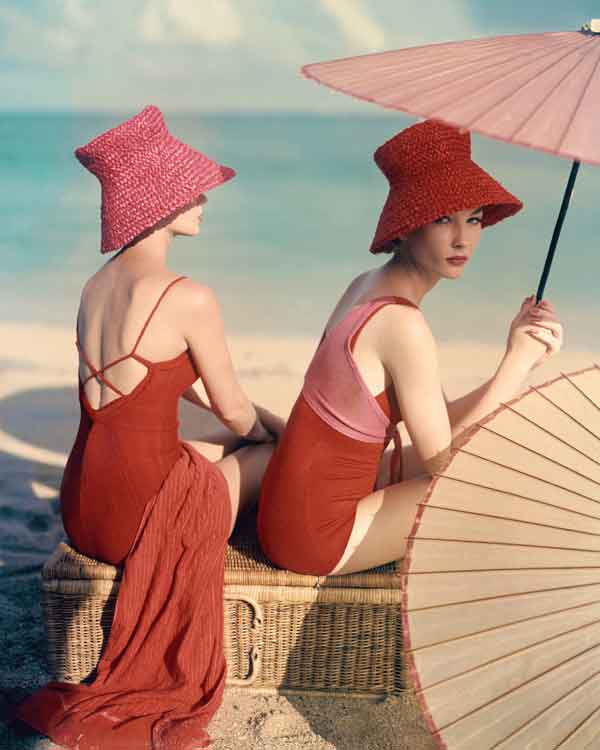
Apart from protecting a woman’s complexion against the ravages of the sun or rain, parasols, umbrellas, brollys, or whatever you choose to call them add grace to anyone who uses one.
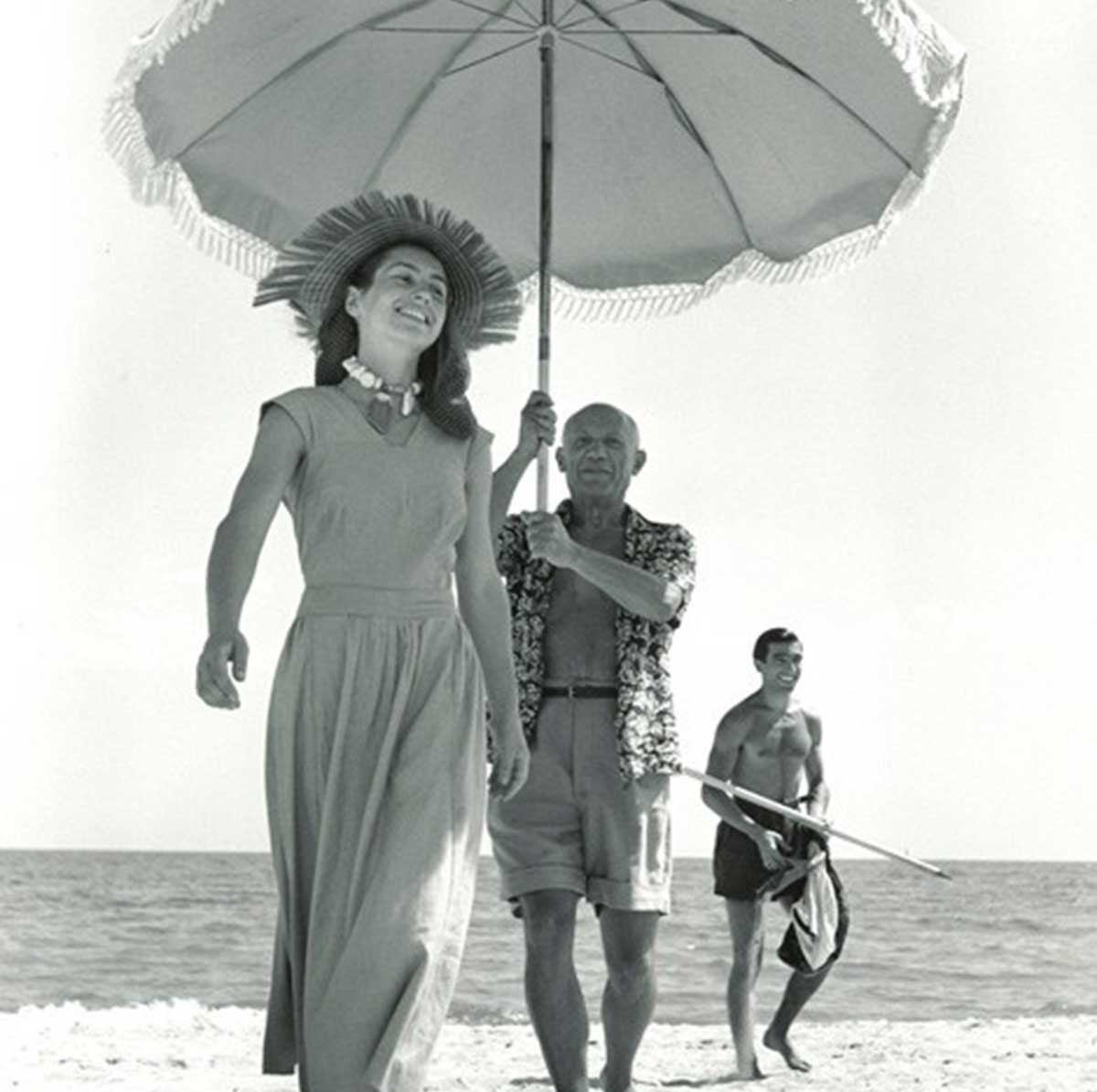
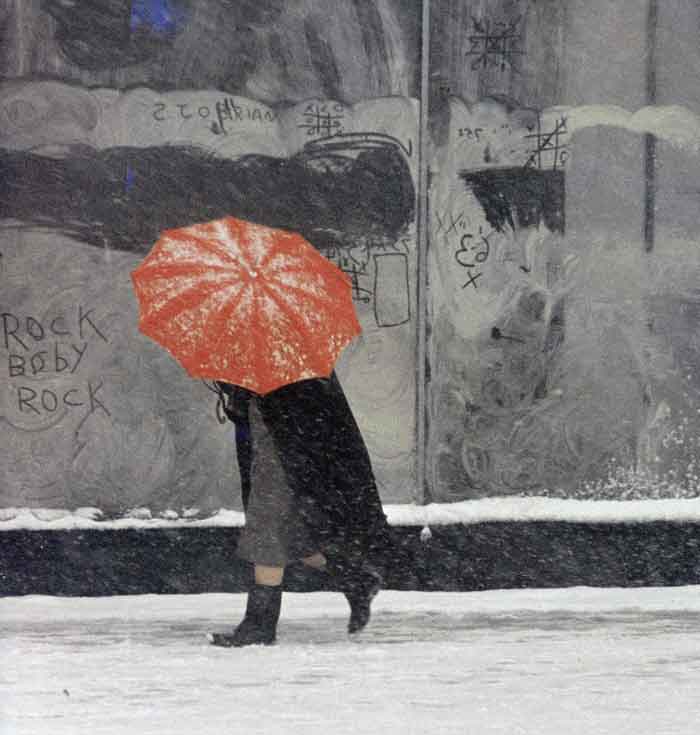
In the 21st century with the reality of a warming planet and the serious health concerns of sun exposure, the time of the parasol surely must be at hand. It has certainly never lost its appeal to anyone with a sense of style.
And now – the Gallery.
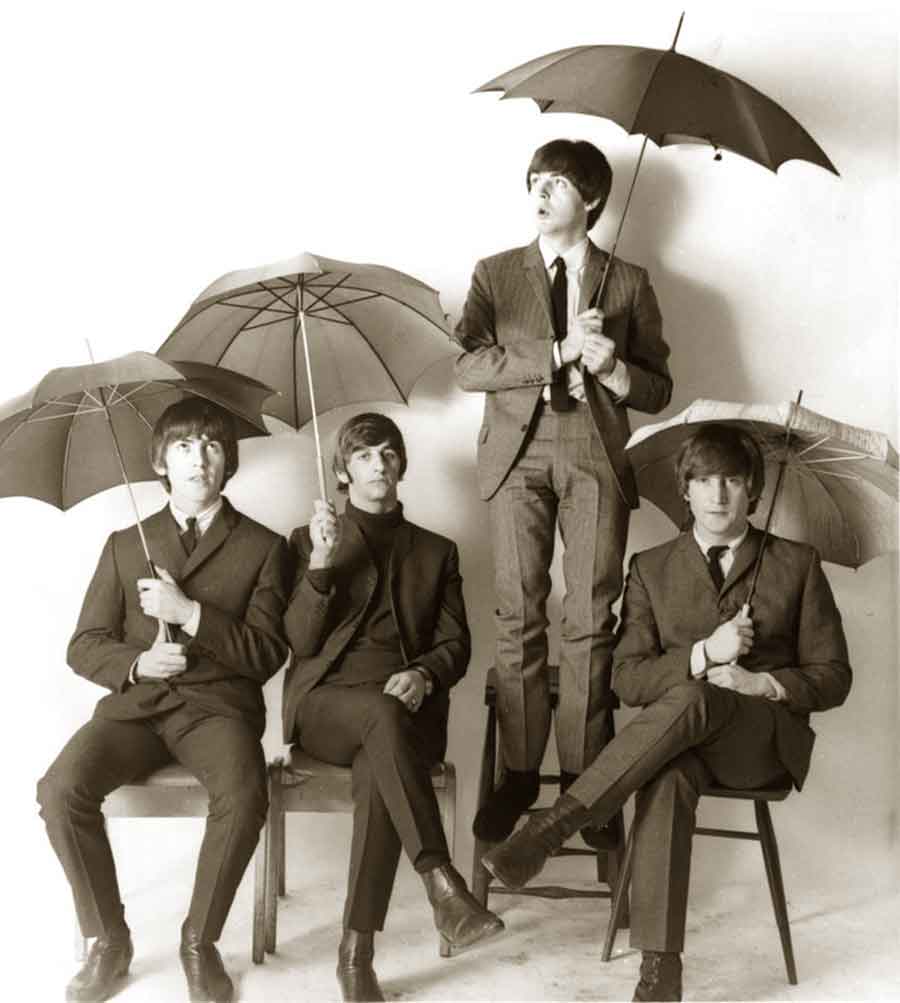

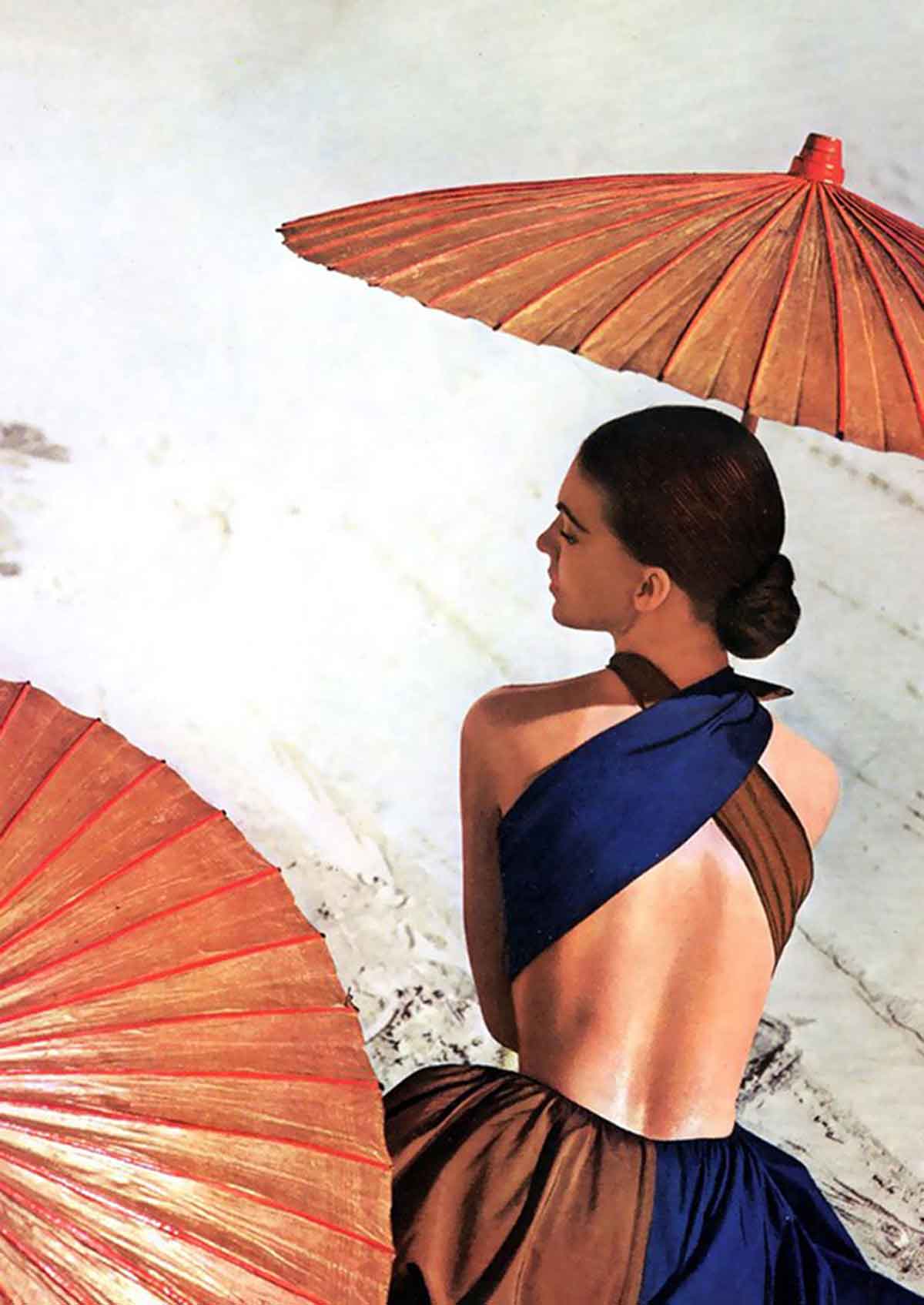
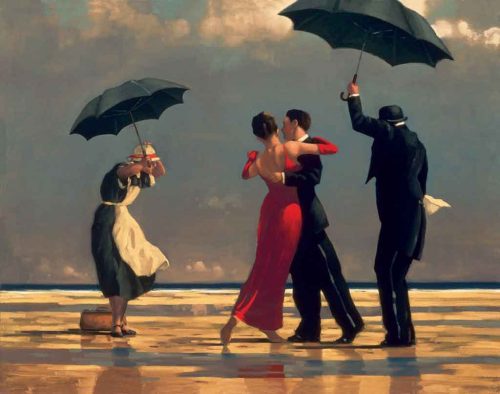
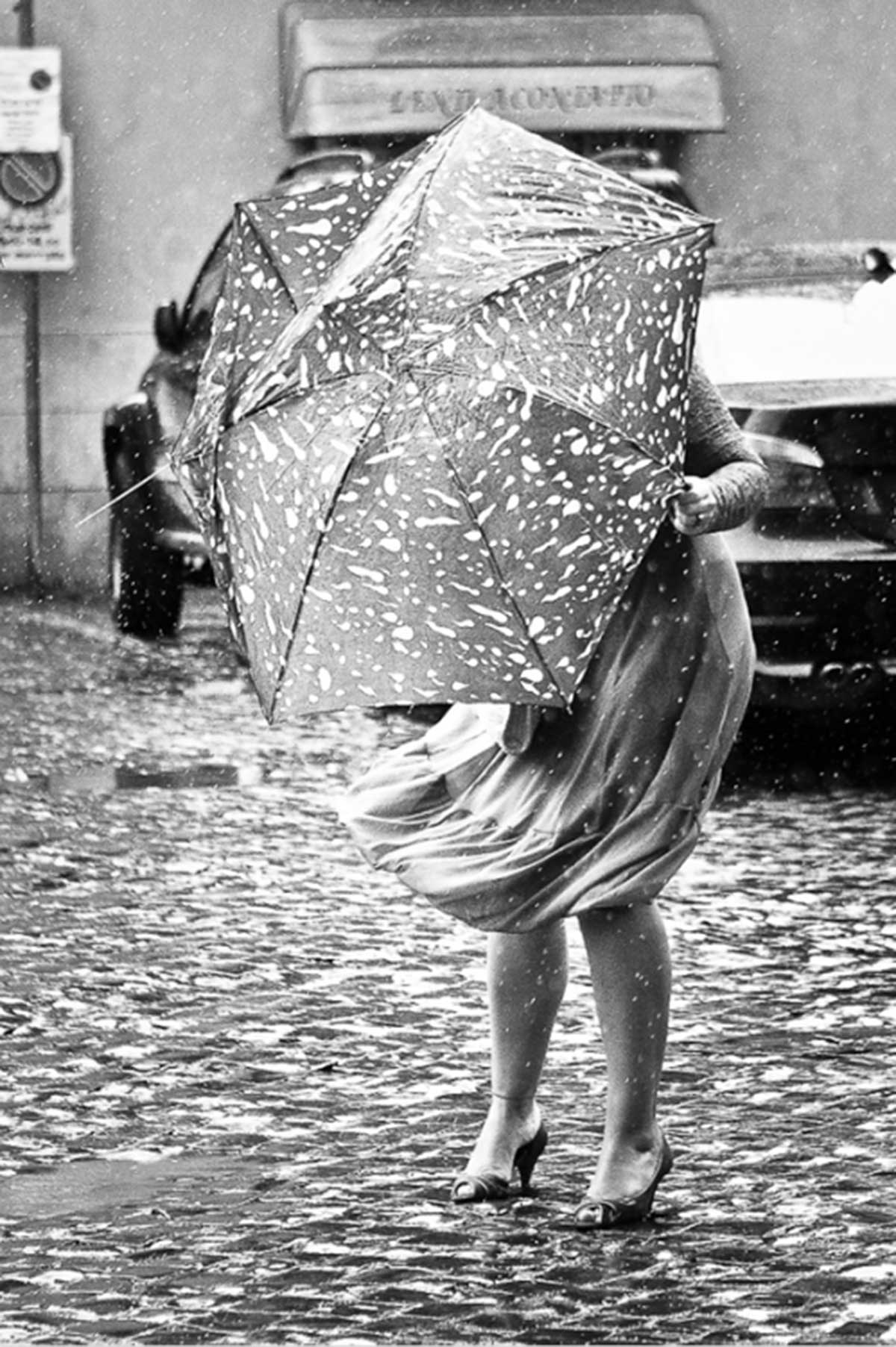
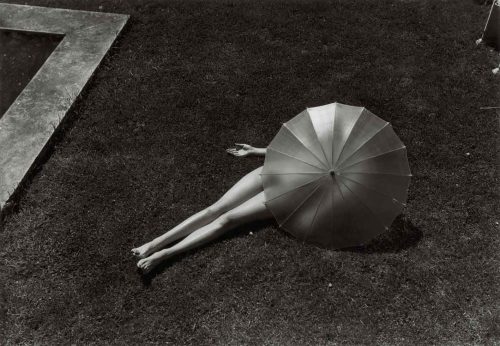
That’s all !
©Glamourdaze 2016
